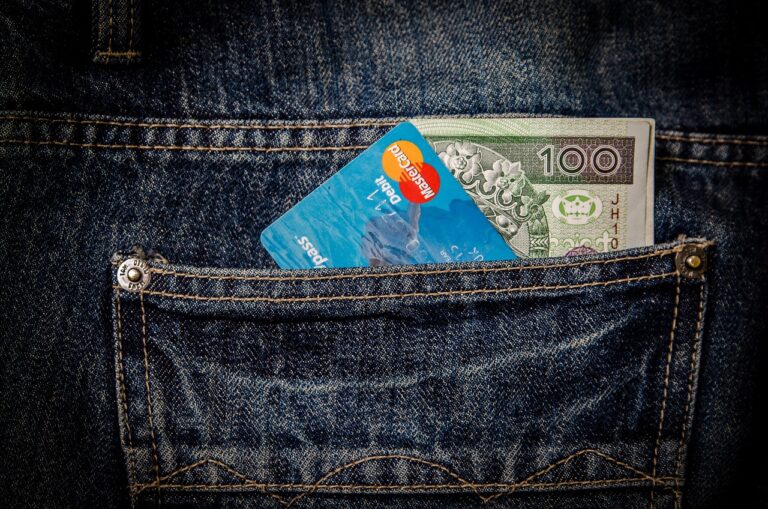Designing a Kitchen for Environmental Consciousness: Eco-Friendly Appliances and Materials
betbhai9.com whatsapp number, playexch app, lotus 365 login:Designing a Kitchen for Environmental Consciousness: Eco-Friendly Appliances and Materials
When it comes to designing a kitchen, many people focus on aesthetics and functionality. However, in today’s world, it’s essential to consider the environmental impact of our choices as well. By incorporating eco-friendly appliances and materials into your kitchen design, you can reduce your carbon footprint and create a healthier living space for you and your family.
1. Energy-efficient Appliances:
One of the easiest ways to make your kitchen more environmentally friendly is by choosing energy-efficient appliances. Look for appliances with the Energy Star label, which indicates that they meet strict energy efficiency guidelines set by the U.S. Environmental Protection Agency. These appliances use less energy, saving you money on your utility bills and reducing your overall energy consumption.
2. Induction Cooktops:
Induction cooktops are another eco-friendly option for your kitchen. Unlike traditional gas or electric stoves, induction cooktops use electromagnetic energy to heat the cookware directly, resulting in faster cooking times and greater energy efficiency. They also have a lower carbon footprint compared to gas stoves, making them a more sustainable choice for your kitchen.
3. Recycled Materials:
When choosing materials for your kitchen cabinets, countertops, and flooring, opt for recycled or sustainable options. Recycled glass countertops, bamboo cabinets, and reclaimed wood flooring are all environmentally friendly choices that can help reduce waste and conserve natural resources. These materials are not only eco-friendly but also add a unique and stylish touch to your kitchen design.
4. Low-VOC Paints:
Painting your kitchen walls is a great way to freshen up the space, but it’s essential to choose paints that are low in volatile organic compounds (VOCs). VOCs are harmful chemicals that can off-gas into the air and contribute to indoor air pollution. Look for paints that are labeled as low-VOC or zero-VOC to create a healthier environment in your kitchen.
5. LED Lighting:
Switching to LED lighting in your kitchen is a simple yet effective way to reduce energy consumption. LED bulbs use up to 80% less energy than traditional incandescent bulbs and last much longer, saving you money on replacement costs. They also produce less heat, reducing the need for excess cooling in the summer months.
6. Compost Bin:
Setting up a compost bin in your kitchen is a great way to reduce food waste and create nutrient-rich soil for your garden. Instead of throwing food scraps in the trash, collect them in a compost bin and use the compost to nourish your plants. Not only does this help the environment, but it also saves you money on fertilizer.
By incorporating eco-friendly appliances and materials into your kitchen design, you can create a more sustainable living space for you and your family. Making small changes like choosing energy-efficient appliances, using recycled materials, and composting can have a big impact on the environment. So, next time you’re renovating your kitchen, think green and make choices that are good for both you and the planet.
FAQs:
Q: Are eco-friendly appliances more expensive?
A: While eco-friendly appliances may have a slightly higher upfront cost, they can save you money in the long run through energy savings.
Q: What are some other ways to make my kitchen more environmentally friendly?
A: In addition to eco-friendly appliances and materials, you can also reduce waste by using reusable containers, avoiding single-use plastics, and buying local and organic produce.
Q: How can I dispose of old appliances in an eco-friendly way?
A: Many appliance manufacturers offer recycling programs for old appliances. You can also check with your local waste management facility to see if they accept old appliances for recycling.



